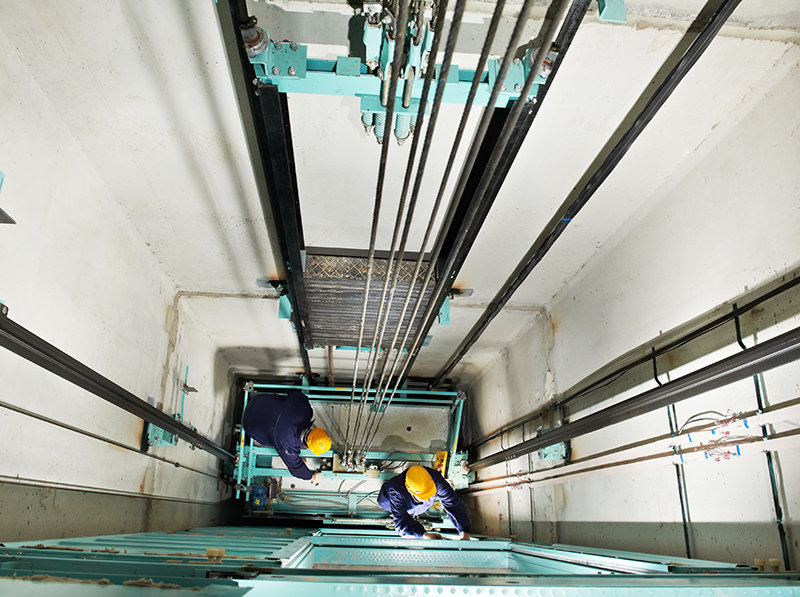Adhesives on the way up
High-performance adhesives have for many years been taking the place of classic joining technologies in many industrial sectors, such as riveting, welding, clamping and screwing. This is because adhesives adapt to every surface quality, harden quickly at room temperature and take up almost no space.
Adhesives have also been proving their value for a considerable period in the manufacture of single- or multi-person, cargo or freight lifts - and the trend is growing. "Adhesives have an unbeatable mixture of properties,” Dr Mario Madrid, global director new market development at Henkel, pointed out.
Engineers appreciate the superior tension distribution, especially on large surfaces or in areas exposed to high loads. Operators benefit equally from lower maintenance expense and from the higher energy efficiency and falling costs. Passengers in turn experience more exclusive travel comfort and attractive interior design, while manufacturers and their suppliers can frequently optimise production processes and in this way save costs and energy.
Structurally stabilising and bracing effect
"Structural adhesives are multi-talented, making much of this possible,” explained Madrid. In the skyscraper "The Shard” in London, for example, they were used to bond the door structures of double-decker lifts operated in one shaft. "Cars can lose up to 20 percent of their weight simply by using adhesives without in any way compromising their performance,” according to the expert.
The reason for this is that adhesives make it possible to use thinner and lighter materials. Lift cars can be produced with metal panels that are only half as thick as otherwise customary. Analogously to welding, the adhesive is not applied to the panel in visible areas.
The adhesive itself has a structurally stabilising and bracing effect. However, the wall obtains its actual strength and stability from an Omega profile, which is bonded to the outward facing side. The weight saved then has a positive effect on the energy requirements of the lifts – and as a result on starting and maximum speeds too.
Superior energy efficiency conserves resources and costs
In the heavy load area, where lifts have to transport enormous burdens, adhesives provide for an increase in the maximum transport weight. In all other performance areas the superior energy efficiency conserves resources and costs. Since the lift requires less electricity with the same performance as a result of the weight reduction, the use of smaller, more affordable motors can be considered.
Given that adhesives do not change the surface of the materials connected either, the otherwise customary cosmetic reworking is unnecessary. If panels are screwed or welded, the connection points at least in cars with passenger traffic are covered by additional panelling. This further increases the car weight and work required. Clinching is also inferior to the performance options of adhesives, because the material is deformed, creating unattractive surface irregularities.
Lower vibrations and reduced noise
The change in joining technologies is also evident in electric motors. It is becoming increasingly common for magnetic adhesives to replace the previously established attachment methods of magnets, such as the use of clips or clamps, in the rotor or stator of the electrical motor. Bonded magnets hold the promise of improved running performance as a result of lower vibrations and reduced noise.
They are resistant to all thermal influences, shock resistant and absolutely free of corrosion. "Especially in this segment, we provide adhesives that are regarded as the yardstick with regard to optimal performance output and cost efficiency,” according to Madrid.
Not least, the lightweight design made possible by adhesives has opened up new room for manoeuvre in design. In this way development departments can connect materials without having to drill or weld them. This makes it possible to combine materials that were traditionally incompatible.
Holger Elfes, press spokesman of Adhesive Technologies Henkel AG
www.henkel.com


























Write a comment